People
‘He Was a Great Intellectual Force’: Christo, Miuccia Prada, and Other Art-World Figures Remember the Late Curator Germano Celant
Friends and colleagues of the widely influential writer and curator tell us about his influence on their lives.
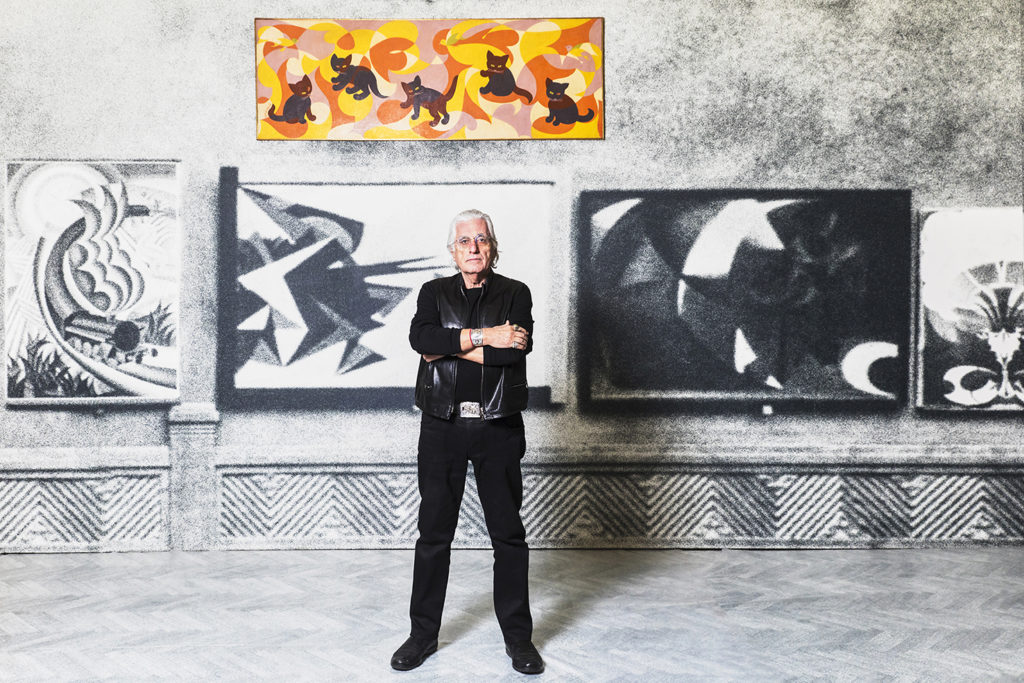
Friends and colleagues of the widely influential writer and curator tell us about his influence on their lives.

Naomi Rea

Germano Celant, the widely influential Italian art historian, critic, and curator who coined the term Arte Povera to describe the radically economical art of Jannis Kounellis, Mario and Marisa Merz, and Giuseppe Penone, among others, died on April 29 at age 80 in Milan due to complications from the coronavirus.
We asked some of his friends and colleagues for their remembrances.
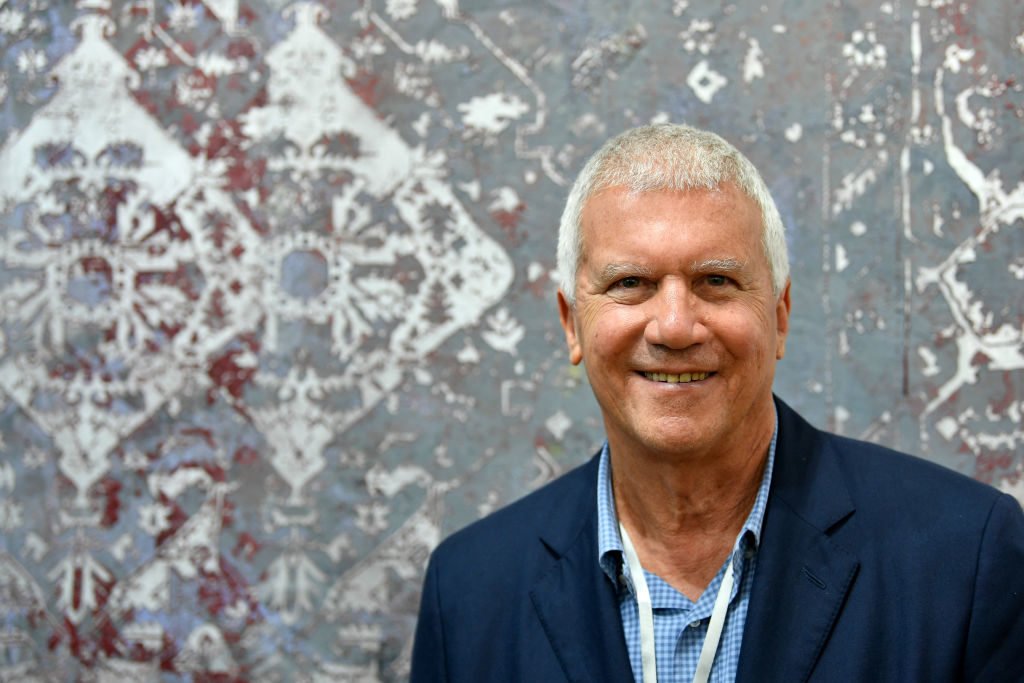
Larry Gagosian. Photo by Harold Cunningham/Getty Images.
Beyond his erudition, Germano had a sensibility that was distinct and rare—he could install in a way that would make an artist’s work come alive, reveal its intentions, renew it, make us see it with fresh eyes. With the seriousness of a scholar and the dazzle of a showman, he mounted exhibitions that were epic in scope. One of Germano’s greatest skills was his ability to illuminate the context in which an artwork came into being—how it sat with its contemporaries and among the events of history—to create a truer and deeper picture of art’s value in the world. Gagosian was the beneficiary in two seminal exhibitions of a type rarely found in a commercial setting: “Manzoni: A Retrospective” (2009) and “Lucio Fontana: Ambienti Spaziali” (2012). These were dream projects for the gallery, but it was Germano’s unparalleled knowledge of the artists’ oeuvres that gave each exhibition unprecedented depth. Artists loved him for that. Audiences did as well. He was a fun, generous, and enthusiastic collaborator, and a friend for many years. His loss is crushing, and he will be greatly missed.
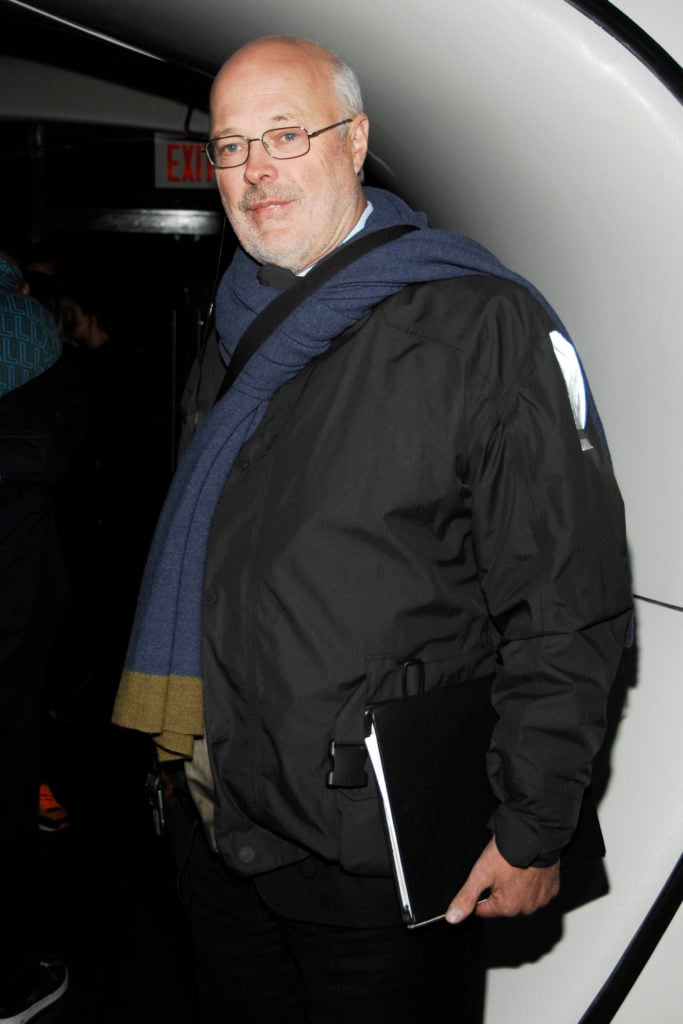
Thomas Krens at the opening for “Mobile Art: Chanel” in Central Park on October 21, 2008 in New York City. (Photo by BILLY FARRELL/Patrick McMullan via Getty Images)
I had started my first week as director of the Guggenheim, in spring 1988, when I first met Germano Celant in Venice. With the Peggy Guggenheim Collection on the Grand Canal as part of our collection and programming universe, Venice and Italy were about to become a center of my life for almost a quarter century, and my about-to-become constant tour guide was Germano Celant. Since then, and until a few short weeks ago, Germano and I have worked together continuously on projects not only in Venice, but in New York, Abu Dhabi, Berlin, Bilbao, Las Vegas, and around the world. His first major exhibition at the Guggenheim, “The Italian Metamorphosis,” perhaps his opus, revealed the stunning postwar Italian achievements in virtually every creative field from art to architecture, from to film and fashion. I remain in awe of this great man—an intellectual artist with easy affability combined with an intense enthusiasm for everything that had to do with art and culture.
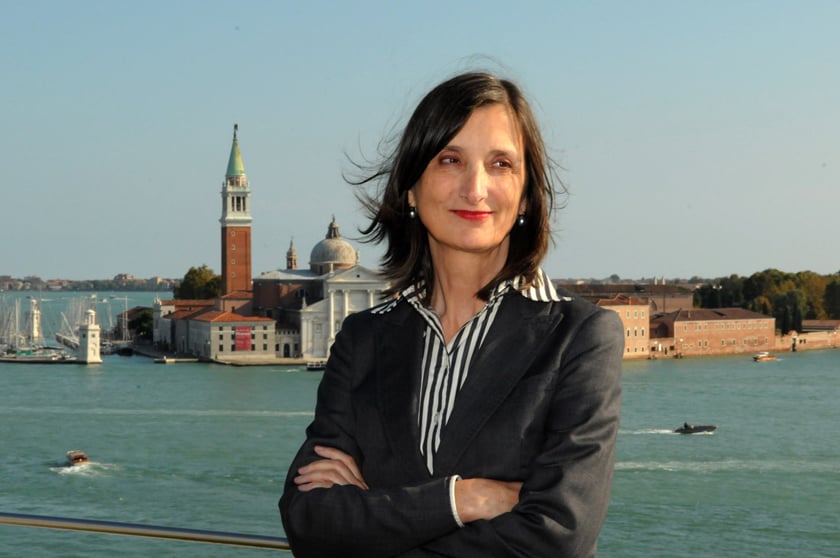
Bice Curiger. Courtesy Venice Tourism.
What an outstanding curator he was! A great intellectual force, a scion of the enormously rich artistic and cultural life of the 1960s in Italy, an important companion and protagonist of the internationalization of local European scenes.
I experienced this awakening as a student. People in Switzerland were very Italo-phile at the time, and greedily absorbed everything that spilled over to us. Without Celant, perhaps there would never have been “When Attitudes Become Form,” the mythical exhibition that Harald Szeemann presented with great aplomb in 1969.
The beginnings [of Arte Povera] alone would have been enough to make Germano Celant go down in art history as an outstanding figure. But perhaps the richness and complexity of his legacy as an author of numerous exhibitions and publications is yet to be discovered.
His closeness to artists and to current events continued unbroken until the end. What counted most was also his specific background—his being anchored in the history of his country. In times of accelerated mercantile globalization, his reflections and gestures nourished an understanding of internationalism as a polyphony, and a productive non-simultaneity of events. Yes, to defend it against the tendency towards a ubiquitous, flat monoculture.
When I cofounded Parkett magazine in the 1980s, we met again and again. He wrote for our publication as an author (for instance, in a 1988 issue dedicated entirely to the artist duo Peter Fischli and David Weiss). With Peter Fischli, Germano also had a completely new project up his sleeve for the Fondazione Prada in Venice, where Fischli was curating a painting exhibition. This has now been postponed because of the coronavirus—the virus that Germano sadly succumbed to.

Iwan Wirth. Photo courtesy of Wikimedia Commons.
Germano was a giant, a north star in 20th-century art history, and his legacy will undoubtedly influence generations to come. He created the context for Arte Povera, and translated the ideas of a group of artists in a way that made them truly understood around the world.
He combined great warmth with an impressive intellect, and his passion for art was so genuine and so complete that he was loved by artists, fellow curators, and gallerists everywhere. His death comes as a shock, but his spirit and influence will be very much alive for years to come. Today I feel deeply grateful to have met him almost 30 years ago, and to have had the privilege to work with him on various exhibitions that are among my most memorable experiences. Today our deepest sympathy goes to his wife, Paris, and their son and family.
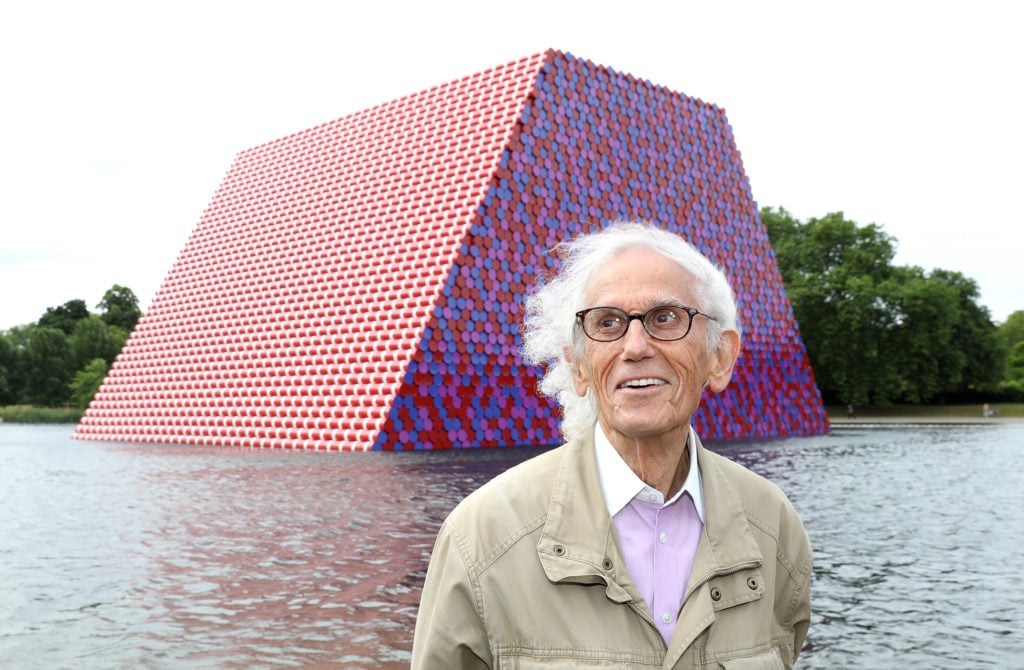
Christo. Photo by Tim P. Whitby/Tim P. Whitby/Getty Images for Serpentine Galleries.
When Jeanne-Claude and I met Germano for the first time in the late ’60s, we were all very young. Ours was a friendship that grew with the passing of the years. We aged together. Each time Germano was in New York, we always tried to see each other. He curated our Valley Curtain exhibition at the Rotonda della Besana in Milan in 1973, and in 2016, he was our project director for The Floating Piers. He was always very fond of our work. Germano wrote some of the most influential pages in the history of contemporary art, and the art world will miss him. I already miss him.
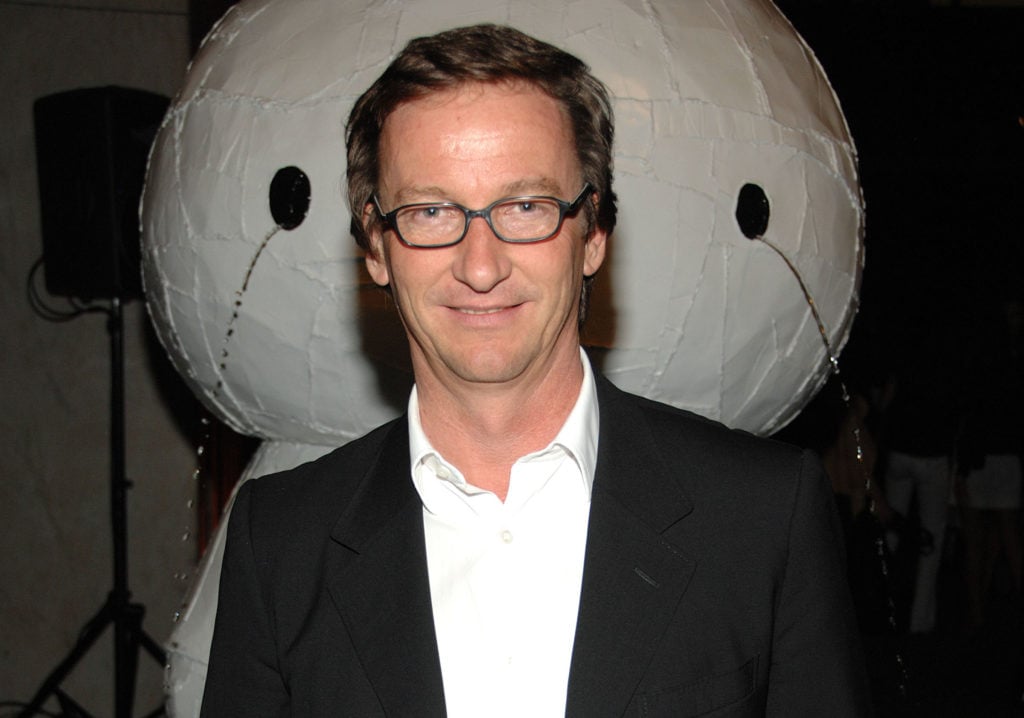
Thaddeus Ropac. Photo © Patrick McMullan.
I first met Germano Celant 30 years ago and we gradually became friends. I not only respected his views, but I learned tremendously from his incredible knowledge about art. We first worked closely together on the occasion of the Tom Sachs exhibition at the Fondazione Prada in 2006, and on the Anselm Kiefer survey he curated at the Guggenheim Museum in Bilbao in 2007. Most recently, we collaborated on the Emilio Vedova centennial exhibition at the Palazzo Reale in Milan last year. This is a terrible loss for the art world, I’m missing a dear friend and my thoughts go out to his family and friends.
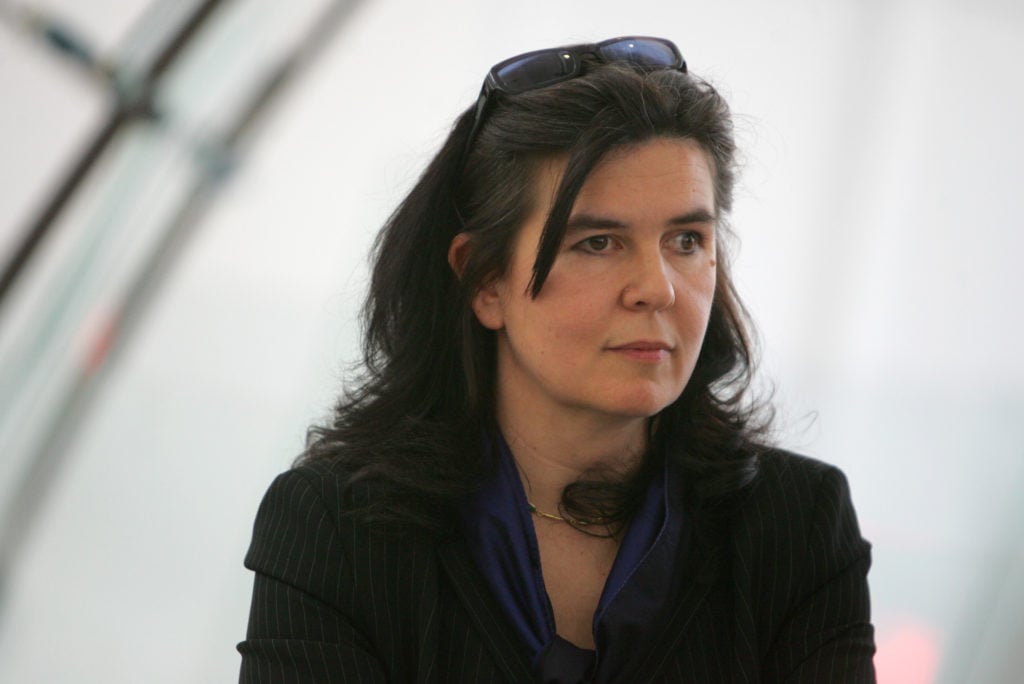
Beatrice Merz. Photo by Andrea Guermani, courtesy Fondazione Merz.
“A little thought for Celant: The pieces of broken glass are the violinists, the spears are the organ, the branches have a wonderful sound, so what more could you want? Of course, you have to believe that the streets and houses are full of people.” Mario Merz, 1969
I like to remember Germano with this phrase by Mario because I believe that it accompanied him over time. Many memories of him re-emerge for me from when I was a child. I learned from observing, listening, and participating in many conversations in our house in Turin. As our relationship grew, this experience transformed into a dialogue. He was a friend and companion throughout our lives, who always followed and supported the artists and people close to them with a critical and affectionate sensibility. Recently with Germano, we started to work together on a project by Michal Rovner for the foundation. We will miss him.
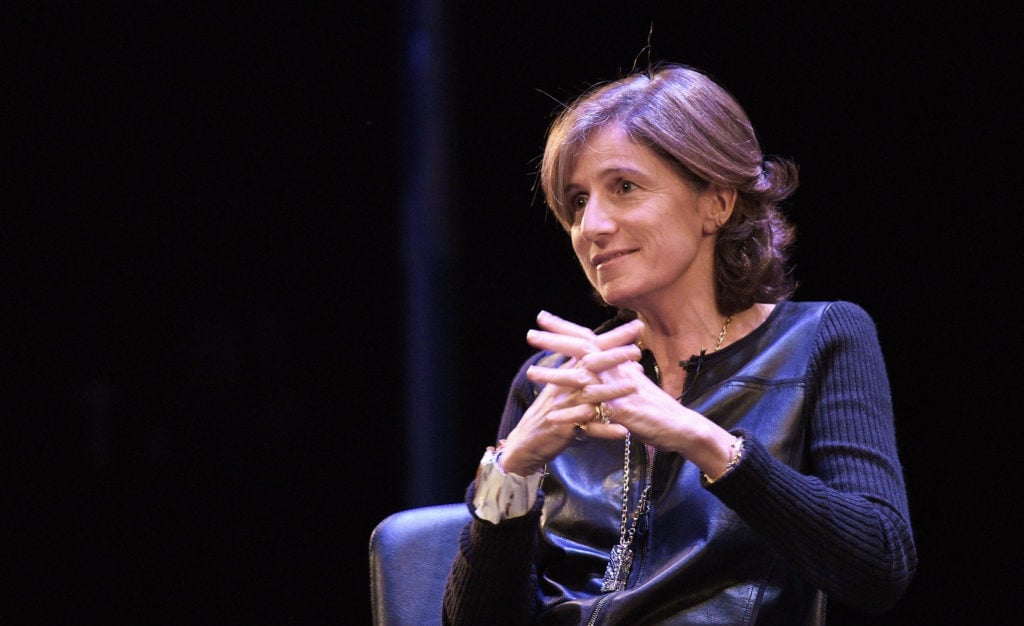
Dominique Lévy. Photo by Grant Lamos IV/Getty Images.
Germano was larger than life—from his smile and his hugs, to his vision and generosity, to his optimism and unwavering commitment to his friends and artists. There was simply no one in the world like him and never will be. Dearest Germano, you will be missed. The hugs and togetherness may return to our community in time. But they will not be the same without your presence.
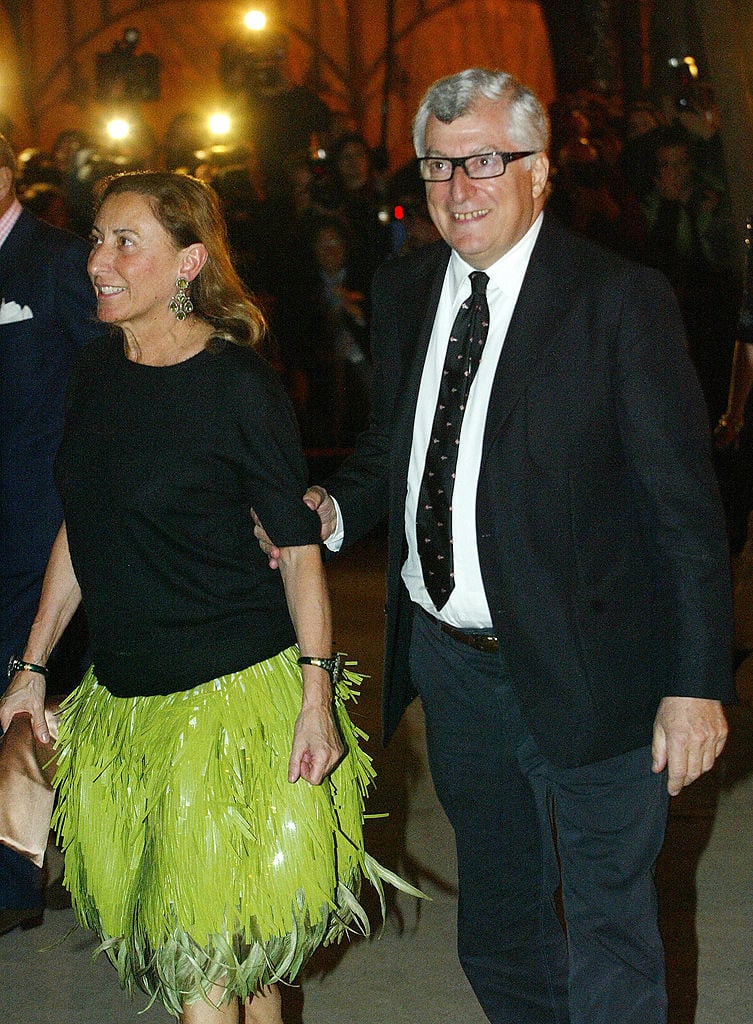
Patrizio Bertelli (right) and Miuccia Prada. Photo: Rafa Rivas/AFP/Getty Images.
We are deeply saddened for the loss of a friend and traveling companion. Germano Celant was one of the central figures in the learning and research process that art has represented for us since the early times of the foundation. The many experiences and intense exchanges we shared with him over the years have helped us rethink the meaning of culture in our present. Intellectual curiosity, respect for the work of artists, and the seriousness of his curatorial practice are lessons that we consider essential for us and younger generations.